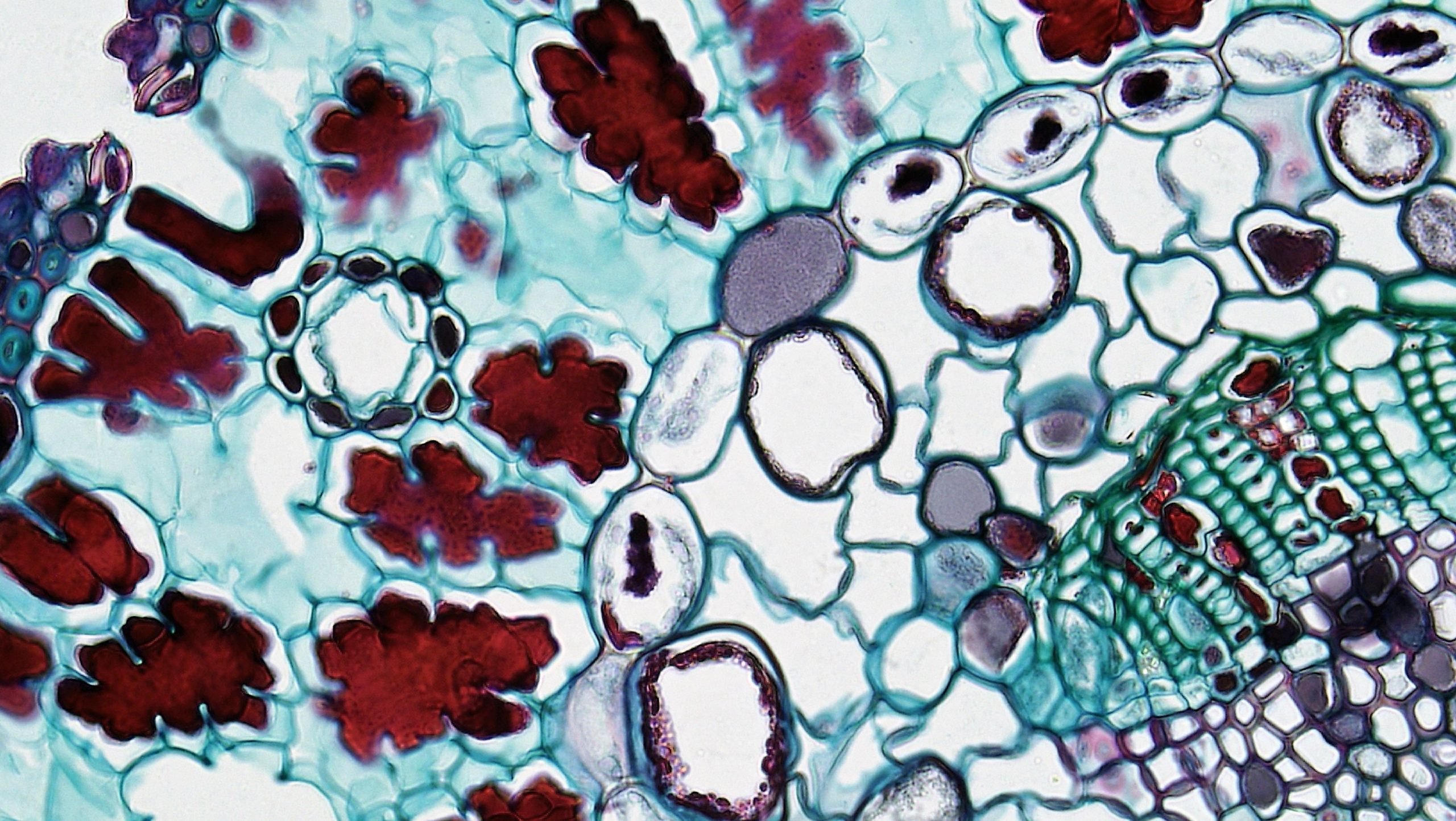Cell’s Nucleus Behavior Can Help Treat Cancer
Cell’s Nucleus Behavior Can Help Treat Cancer A research-intensive University of Texas, TEXAS A&M UNIVERSITY, study shows that the cell nucleus is more like a drop of liquid rather than a rubber ball, which was previously thought. It was believed in the past that the cell’s nucleus was elastic like a rubber ball, changing its shape regularly and going back to its original shape as the cell navigated through tiny little pores inside the human body. Dr. Tanmay Lele is a part of the team conducting the research and has come with exceptional conclusions. “The discovery that the nucleus deforms like a liquid drop calls for a fresh look at how the nuclear shape becomes abnormal in diseases like cancer.”,Dr. Tanmay Lele said. The observation of nucleus inside cells helps scientists and researchers in cancer diagnosis even today. But why nuclei becomes out of order, has still remained a mystery for the scientists. Once it becomes clear why a specific nucleus becomes out of order will clear the way for treating cancers in future. Dr. Tanmay Lele and his team explored nuclear behaviors by placing fibroblasts, a type of cell that helps in the formation of connective tissue that supports and connects other tissues or organs in the body, into small-scale flexible pillars, 1/100th of the width of human hair. The nucleus of the cell had to change its shape in order to bypass the pillars. “Our work points to a fundamental mechanism by which the nucleus preserves its shape and protects its genome. Our discovery also helps us better understand how misshapen nuclei arise in cancer and how to potentially make them normal again. We are now studying the implications of the drop model for the abnormal nuclear shapes commonly observed in cancer.”, he said. Dr. Tanmay Lele and his team studied the movement of the cells using an advanced, high-resolution microscope that could easily focus and capture the 3-D images of the cell’s nuclei.. They noticed that the obstacles created deep dents into the nuclear surface. But the overall shape of the nucleus remained preserved allowing the nucleus to migrate to other parts of the body. The entire process of the spread of nuclei is called cancer metastasisand can be lethal as in the case of cancer. “We observed that the nucleus is able to bypass the microposts by permitting deep local invaginations while maintaining the overall oval nuclear shape; this permitted unhindered forward motion of the nucleus through the micropost array.”, Dr. Tanmay Lele said.

- 最近发表
-
- Tensions On Rise As North Korea Launched 2 More Missiles
- Odysseus lander survives Moon landing mishap with broken legs
- NASA, SpaceX perform 200 tests to perfect lunar docking maneuver
- Report Suggests Record Number of People Are Homeless in US
- Propaganda and the Pundit Mind
- EcoFABs: Berkeley lab fabricates ecosystem to bioengineer crops better
- Scientists create dancing nanoparticles to explore quantum limitations
- US general warns of 'window of vulnerability' in space
- Credit Suisse Faces $8 Billion Hole, Says Goldman Sachs
- EMO: Alibaba researchers breathe life into portraits with new AI tool
- 随机阅读
-
- Worker Productivity Hit By Biggest Fall Since 1947
- Doctors in India Warn Cow Dung Will Not Prevent COVID
- Rat Kings of New York
- Regional War Fears Escalate As US Hits Targets in Syria & Iraq
- US: 42 States Witness Millions Of Birds Dead Due To Bird Flu
- Brazilian Government May Start Paying Farmers to Conserve Land
- Cyber Attack Forces JBS to Shut Down Several Plants
- Three People Killed in Tragic Collapse of Airport Hanger
- Apply Directly to the Forehead
- US general warns of 'window of vulnerability' in space
- Wonder Woman: feminist icon or symbol of oppression?
- Can we predict political uprisings?
- Talk Therapy May Help In Reducing Dementia And Depression
- What’s in Biden’s 2022 Budget Proposal for Agriculture?
- Can we predict political uprisings?
- Founding SpaceX employee aims to build a 'supply chain to Mars'
- The Netflix-Twitter Complex
- Cyber Attack Forces JBS to Shut Down Several Plants
- Fresh Hell
- Chinese Hackers Targeting Critical US Infrastructure, FBI Says
- 搜索
-
- 友情链接
-